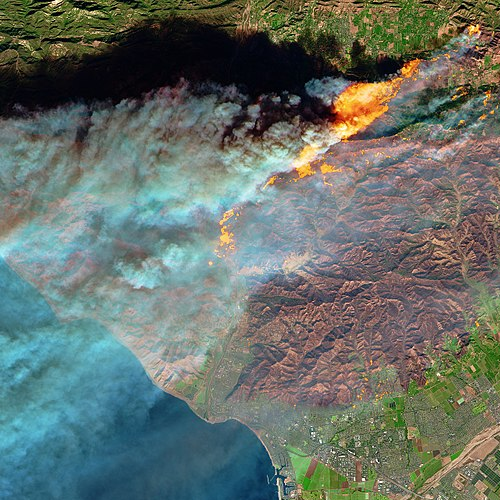Hernández Ayala: Linking rainfall, vegetation growth and wildfire patterns
Hernández Ayala JJ, Mann J, and Grosvenor E. (2021). Antecedent rainfall, vegetation growth and its relation to wildfire burned areas in Northern California. Earth and Space Science. https://doi.org/10.1029/2020EA001624
In recent years, California has experienced wildfire seasons of increasing frequency and magnitude, especially in terms of wildfire burned areas. Here, we investigate the precipitation and vegetation growth preceding each wildfire season for the 2001–2020 period to determine if antecedent rainfall led to enhanced vegetation growth in wildfire burned areas in California. Precipitation data from the Global Precipitation Measurement (GPM) Mission and Normalized Difference Vegetation Index (NDVI) and the Enhanced Vegetation Index (EVI) data are examined to determine if antecedent rainfall and vegetation were normal, above, or below average, for the peak wet (December–February) and peak growth (March–May) periods preceding each wildfire season, as well as for the two previous wet and growth seasons. Then spatial correlations are done between precipitation and the vegetation indexes to determine the statistical significance of the relationships. Eleven of the 20 wildfire seasons were generally found to be preceded by above average levels of precipitation and vegetation growth. In three of the six seasons with more wildfire activities, linear regression model results show high positive correlations between precipitation and vegetation, suggesting that antecedent rainfall fueled vegetation growth that might have caused a significant impact on wildfire burned areas. Most of the larger wildfires in California, including the largest on record, exhibited positive correlations between antecedent rainfall and vegetation. Our results suggest that antecedent rainfall in California led to enhanced vegetation growth that later fueled more than half of the wildfire seasons analyzed in this study.



